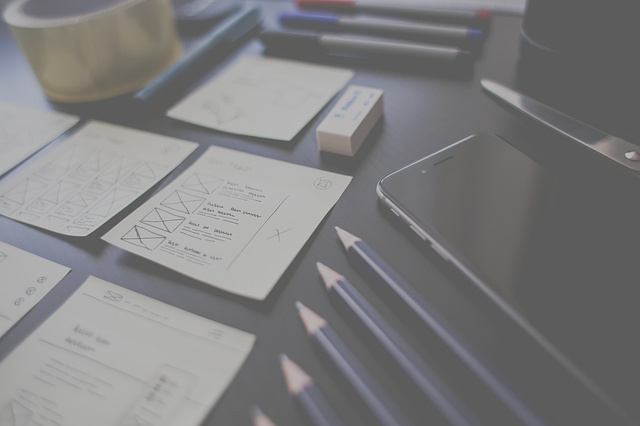You’ve been working with an outside software firm to build a new application for your business. The system you’re replacing has many shortcomings, the most obvious of which is a very poor user experience (UX) that hampers productivity. So you’ve taken pains to ensure that the new application will be simple and intuitive. You’ve developed detailed specifications over many months and consulted extensively with users of the system and with experts in various parts of your organization.
Despite your preparations, you’re starting to worry now that the development of the new software is well underway. What if the finished product completely misses the mark? What if the user experience isn’t a significant improvement over what you had before? What if your employees continue to struggle to perform basic tasks?
Does this sound familiar? With many software development projects, it’s a very real concern, and one that could well be keeping you up at night.
Eliminate Software Project Anxiety with Collaborative Design
The good news is that much of the anxiety related to software development projects can be mitigated and even eliminated when you choose the right software partner – especially one who integrates collaborative design techniques and strategies into all phases of the development cycle.
Collaborative design, sometimes known as participatory design, depends on a strong partnership among all the key stakeholders involved in the process, including UX designers, target users and subject matter experts (SME).
For the users of the software – the most important group – this partnership allows them to share their working processes, ideas, expectations and overall opinions on what the software needs to do. As for the UX experts, the collaborative approach gives them the opportunity to experience first hand the tasks that users routinely perform. The goal of this aspect of the collaboration is the conception and development of a UX that is built on “user understanding”.
Regularly scheduled design workshops are at the heart of the collaborative design process. They provide an important forum where everyone involved in the process can discuss key tasks or problems and, collectively, come up with solutions.
To ensure your software provides the best possible experience for your users, there are four essential techniques you need to employ during these workshops:
1. Engage your target users
Engaging your target users and other subject matter experts in the design process increases their commitment to and ownership of the project. Their engagement level will undoubtedly help facilitate the adoption of the software once it’s deployed throughout your organization. For UX designers, the workshops help to immerse them in the day-to-day activities of users. They also help them understand how to adapt technology to meet their specific needs. This inclusiveness tends to establish a level of mutual understanding and respect between designer and user.
2. Share Knowledge Liberally
For UX designers, workshops provide a platform for identifying the challenges and constraints facing the users of the application. They also highlight your user’s thought processes and the way they interact with the system to perform various business tasks. The workshops also help users develop an appreciation for the challenges UX designers and developers encounter when trying to effectively implement business requirements in the software.
3. Generate Ideas Through Brainstorming
Effective in generating ideas, a brainstorming blitz during the workshops on key challenges or product features helps UX designers come up with fresh ideas or solutions they may not have come up with by themselves. UX designers’ creativity shifts into full gear when users talk freely about the context of a problem or the steps they take to complete a given task.
4. Create Detailed Sketch Boards
During the workshops, create screen mock-ups or sketch boards of the user interface for a particular task or function, so that they can quickly be critiqued and evaluated for their effectiveness and usability. As an added benefit, a design style may emerge from the sketch boards that gives you a sense of the overall look and feel of the application early on in the development process.
Collaborative design is most effective when it’s done early in the development process. However, design workshops can still be valuable when they’re held later on. They’re critical for checking and resolving any design flaws before they make their way into the final product and have the potential to create frustration for users. Embracing collaborative design principles in general and these specific techniques during your workshops will result in a superior experience for your users and help assuage any doubts you may have about the quality of the software you’re going to get.

Robert Litalien
Robert is a technical project lead at NetFore and an expert in UX design.



